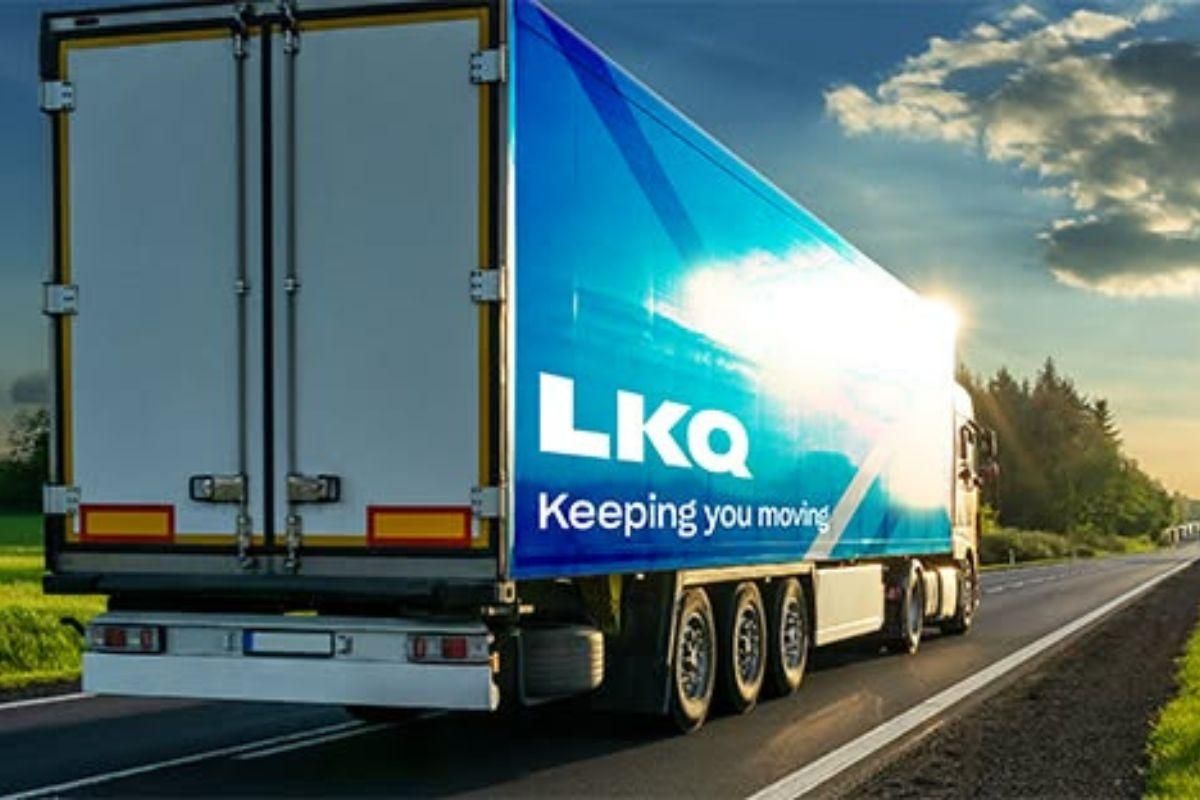LKQ Corp. [NASDAQ: LKQ] on July 24 said second quarter organic revenue fell 3.4% year-over year, following a 4.3% drop in Q1 2025 and a low-single-digit decline for 2024. The Antioch, TN-based parts supplier cut its outlook, and now expects organic revenue decline of up to 3.5% in 2025, from a previous range of flat to 2% growth. It cut range projections on earnings per share by 15% and free cash flow by 20%.
Shares hit a new 52-week low at $30.06 intra-day, recovering slightly to close at $31.73, down 18% the same day.
CEO Justin Jude, named to the role last July, said on LKQ’s earnings call his first year as CEO “has presented some macro challenges and some short-term operational obstacles, but also opportunities for longer-term value creation.”
LKQ has cut $125 million in costs and replaced 25% of senior leadership — vice presidents or above — in Europe over Jude’s first 12 months. Another $75 million in cost cuts, mostly in Europe, are in process through 2025.
“We are executing on our three-year plan outlined [in] September 2024 … and are confident in our strategy,” Jude said in an earnings press release.
On the earnings call he said several times that LKQ results beat the current market slowdown and “we’re set up and poised to take advantage once the market recovers.”
Overall Results, North America, Debt
Q2 2025 revenue was $3.6 billion, down 1.9% year over year. Total segment EBITDA was $430 million, down 11.2%. Q2 net income of $192 million grew 3.8% from $185 million in Q2 2024.
Wholesale North America organic revenue dipped 2.6% to $1.36 billion. North America segment EBITDA was down 11.3% to $227 million.
“North American organic revenue outperformed the market even as repairable claims across the entire industry declined 9%,” the company said in its press release.
Jude said on the earnings call that LKQ repaid $111 million in debt in the quarter. It owes $4.5 billion, for total leverage of 2.6x EBITDA, with an effective interest rate of 5.2%.
Senior Vice President and CFO Rick Galloway said LKQ will cut anticipated capital spend by $50 million.
Repairable Cars and Tariffs
Execs said repairable car figures and tariffs affect numbers: “The unrepaired vehicles, that number has grown,” Jude said. “What we don’t know is when it’s going to turn around.”
Galloway said, “We think we have the ability to pass through all of our tariff costs,” as LKQ has usually done. Jude said, “We have been pricing in the impact from tariffs.”
Jude said aftermarket parts are most affected, but “with repairable claims being down 9%, our actual volume on aftermarket was positive in the quarter.”
He said higher, tariff-driven new and used car prices lead to more consumers repairing their current vehicles, potentially improving on that 9% decline. Higher-priced OEM parts for collision shops is also a positive.
“We’re the trade-down alternative” to OEM parts, Jude said, noting separately, “If the OEMs have a strong presence in the market, that’s good for us.”














Paul Hughes